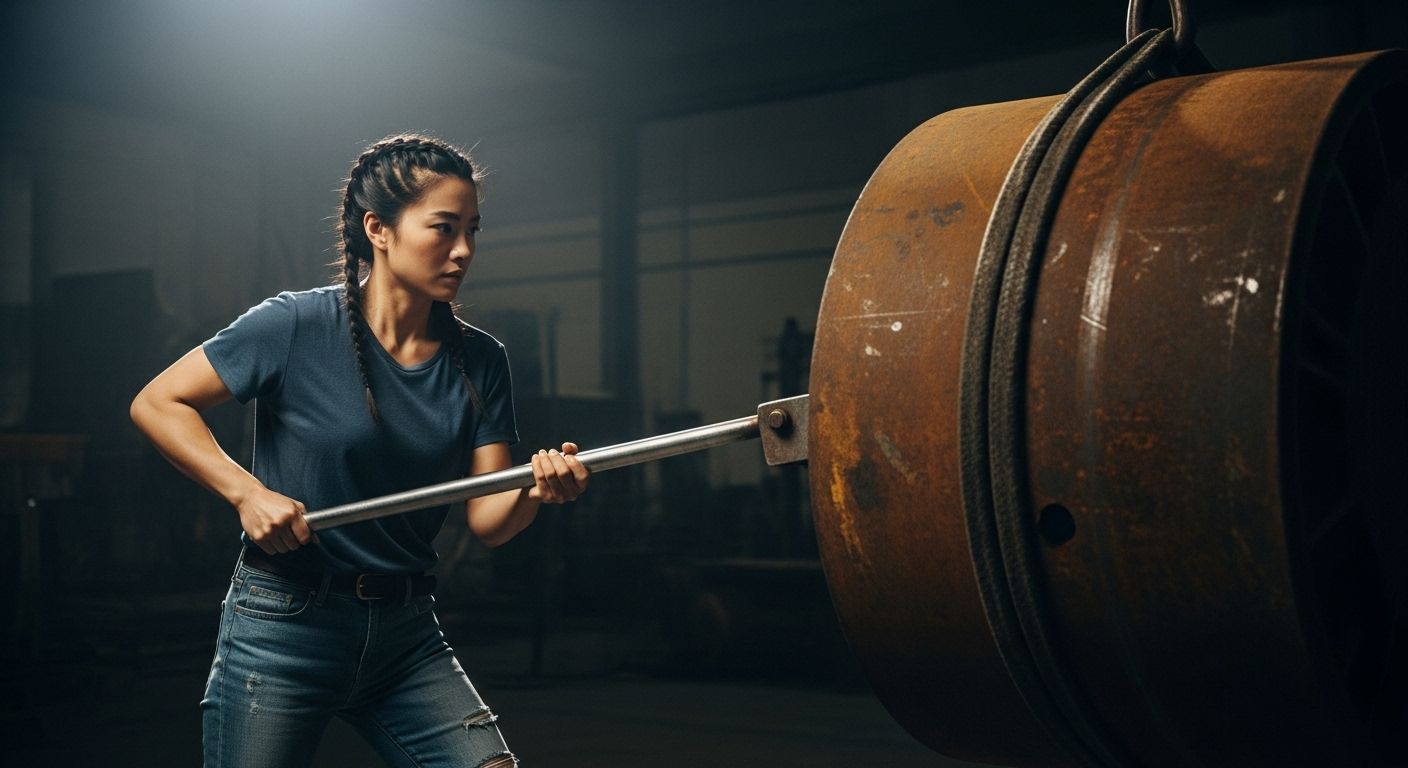
Work, Power, and Simple Machines is a hands-on physics module that explores how we harness energy to perform tasks more efficiently. From lifting heavy objects to building towering structures, the principles of work and power—along with the clever use of simple machines—make it all possible.
This lesson breaks down the science behind everyday tools and actions, helping learners understand how force, distance, and time interact to shape the physical world. Whether you’re a student, engineer, or curious thinker, this course connects theory to practical problem-solving
🔧 By the end of this lesson, you’ll be able to:
This lesson is ideal for learners beginning their study of physics, students in engineering or technical fields, and anyone interested in how tools and machines make work easier